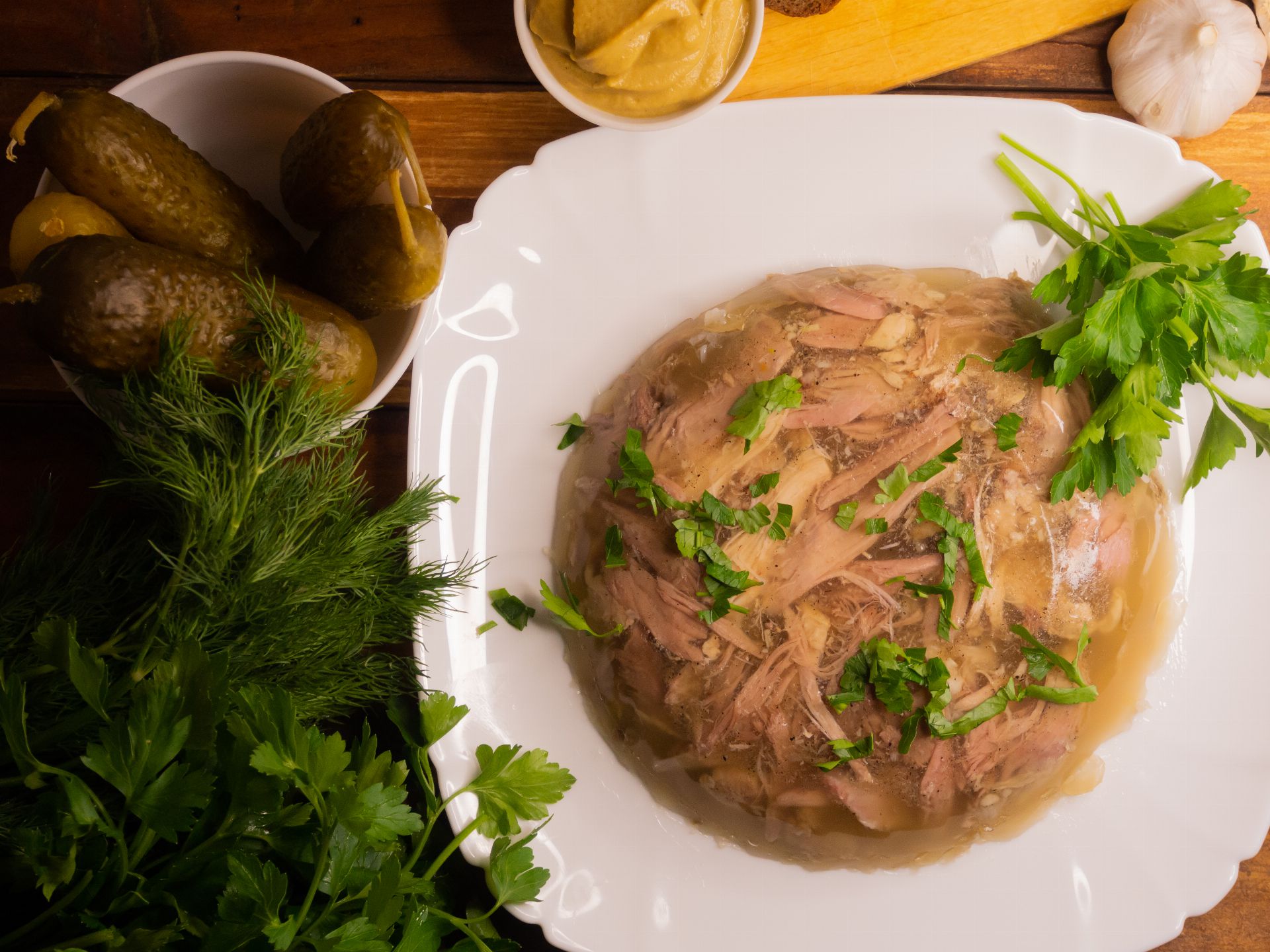Manage my booking
THE TRAVEL BLOG OF BALTIC TOURS

“Exotic” Lithuanian Cuisine
Lithuanian cuisine is an excellent symbiosis between local traditions and global culinary trends. It is famous for its natural properties, old cooking traditions, and simple but delicious gastronomic masterpieces without which no celebration, breakfast, lunch, or dinner is imaginable. The dishes themselves heavily rely on vegetables and dairy products, perfect for the country's climate, which cannot be found in other nations' traditional cuisine. If you want to experience the real Lithuanian taste, don’t miss a chance to try the most unique dishes. We invite you to find some of the most “exotic” traditional Lithuanian foods to get insight about cuisine origins and traditions.

“Cepelinas” – a 19th-century Lithuanian national dish that everyone who visits Lithuania must try at least once. The dish is made of potato dough filled with pork and covered in a piece of rich bacon and sour cream sauce. There are many other variants of this traditional dish, as every chef has their own recipe. It can be filled with curd, vegetables, fish, mushrooms, grits, and a sauce appropriate to the filling. Originally, the dish was created to feed hungry workers during a freezing season in Lithuania. Today, many restaurants across the country offer this soft potato dumpling dish, which resembles a zeppelin airship.

“Vėdarai” – one of the most exotic Lithuanian dishes since the 19th century. The dish was created to fill the shortage of food and make people full. Though, “Vėdarai” were made by baking in the oven pig’s intestines with potato puree and bacon filling, or in some cases, cereal and blood filling. To Lithuanians, it is an incredibly tasty and satisfying dish, so don’t rush to judge; you should taste it first, as it’s always flavored with sour cream or bacon and onion sauce.

“Šaltibarščiai” – a seasonally served cold soup. This kefir and beetroot soup appeared at the end of the 15th century. The soup was made by the Radvila nobility chefs on their estate. The soup was eaten with crayfish tails, fish, or meat. Today, this bright pink “barbie” soup is made of beetroot, dill, spring onions, eggs, and kefir – the most important and healthiest product of the soup and in the world. Therefore, it is the most Instagrammable soup ever, so don’t miss a chance not only to fill your stomach but also your Instagram gallery or even to feel the real Lithuanian cuisine flavor.

“Šaltiena” – meat jelly, made from boiled bones with meat and vegetables. This dish usually is made during celebrations like Christmas or Easter. It is not difficult to cook, and it is delicious when properly made. However, for first-time tasters, it might be unusual or even shocking.

Dried fruits, berries – are collected in summer from gardens and forests to be dried for winter and to be used in various dishes. Apples, blueberries, strawberries, and raspberries are the most popular. They are mostly eaten with oatmeal for breakfast or dessert. These days you can find them in every shop or restaurant, which is a great way to protect yourself from viruses, improve your immune system, and maintain balance in your diet.

Fermented mushrooms are a great side dish. For a century, Lithuanians fermented everything they grew and collected from the forest during the summer, and mushrooms are no exception. If you plan to visit Lithuania, stop by any grocery store and buy them or visit a restaurant and try various delicacies made from fermented mushrooms. Therefore, if you are lucky enough to visit local people’s houses, you might be able to try fermented mushrooms, which were passed down from generation to generation.

Origins of Lithuanian Cuisine
Lithuanian traditional cuisine has developed over the centuries since 98 AD. The recipes created by local people gradually changed and evolved. The change was influenced by the spices and vegetation brought by the merchants and the migration of the people. Most of Lithuanian culinary heritage comes from the 15th-18th century during nobility times and the 19th – 20th century when peasant cuisine formed and flourished. Today, many restaurants specialize in historical and traditional Lithuanian cuisine with a modern twist, where everyone can try “exotic” Lithuanian foods.Why it’s so special?
Lithuanian cuisine is made by using locally produced dairy products and locally grown fish, meat, fruits, and vegetables, especially potatoes, beets, cabbages, carrots, and onions, as well as wild plants that play an important role in the diet. It is filling and keeps you warm during the cold winter season and fresh during hot summer in Lithuania.
Traditions
Lithuanian cuisine has deep traditions and is extremely versatile. This is mostly reflected in the menus of Lithuanian regions. For instance, in Aukštaitija, people offer potatoes or dough-based dishes, like pork intestine stuffed with potatoes or dark bread. In Dzūkija, people mostly cook mushroom and berry-based dishes collected from the national forest. Suvalkija is a region of meat-based dishes and professionals of meat smokers. In the little Lithuania region, famous dishes are smoked, salted, baked, but it also has dry fish dishes. In Žemaitija, there are various produce-based dishes, especially the well-known Kastinis and potato platter – Kugel.
As can be imagined, Lithuanian cuisine traditions are reflected in festivities. Every major celebration is celebrated with a variety of dishes. During Christmas, mostly places fish, mushrooms, and sweets on the table. On Easter, traditionally more “exotic” food is eaten like fried veal, pork head, and stuffed geese, as well as decorated cakes and painted eggs.
Gourmet fiestas and gastronomic events take place in every region of Lithuania all year round. There you will try upgraded traditional dishes like rectangle zeppelins with carrots or milk champagne. Therefore, you will get more insights into Lithuanian culture and cooking traditions. Do you want to know more? Travel with us and taste Lithuania!

Professionally educated and highly experienced in tourism management, Rasa is passionate about encouraging guests to explore the Northeastern region of Europe in the most attractive way. She has been working in the tourism industry since 2000, assisting customers from 64 countries, and she loves doing it!